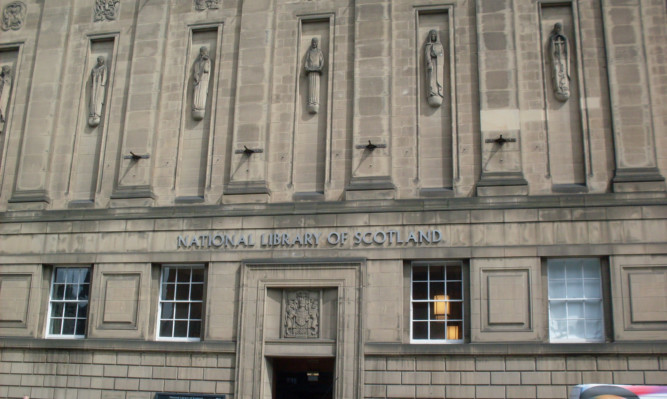Millions of items ranging from Robert Burns manuscripts to memorabilia from the independence referendum are being made available to view online, the National Library of Scotland has announced.
The plans involve putting a third of the library’s collection of 24 million items on the internet over the next ten years including rare books, maps, sound archives and thousands of films on life in Scotland.
The library said its long-term aim was to make as much material digitally available as possible, subject to restrictions around copyright or conditions set by publishers.
National librarian Dr John Scally said: “The internet has created a revolution in how people expect to be able to access information.
“We want people to be able to connect to our collections from wherever they are, rather than having to consult material in the library as has been the case for most of our existence.
“We are committed to removing as many barriers as possible that prevent people accessing our collections and services.
“Our role is to be the guardian of the published and recorded memory of Scotland for current and future generations. Our aim is to make the knowledge held within our collections as widely available as possible.”
The library has already digitised a number of items including the last letter of Mary Queen of Scots and the first books printed in Scotland in the 16th century.
